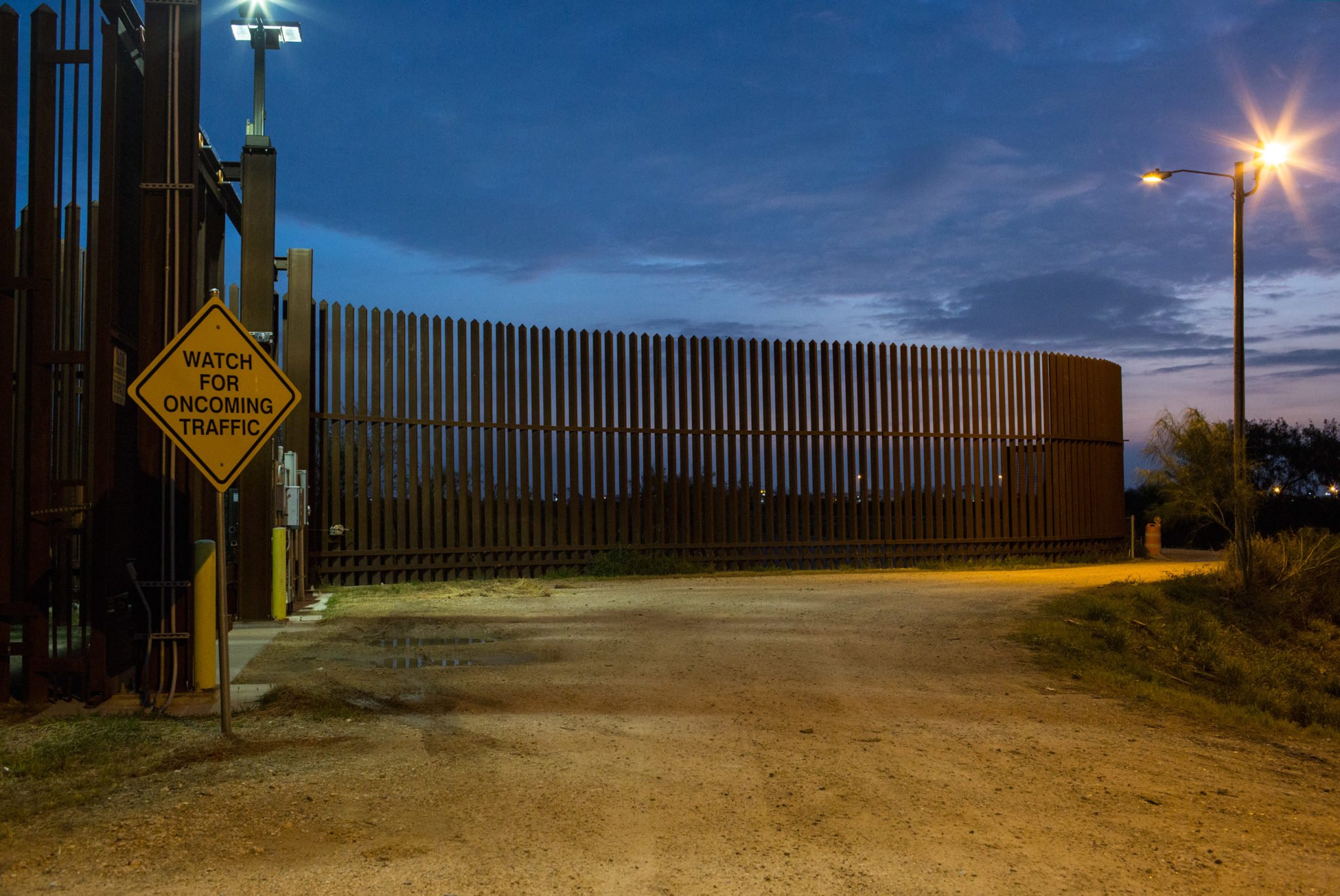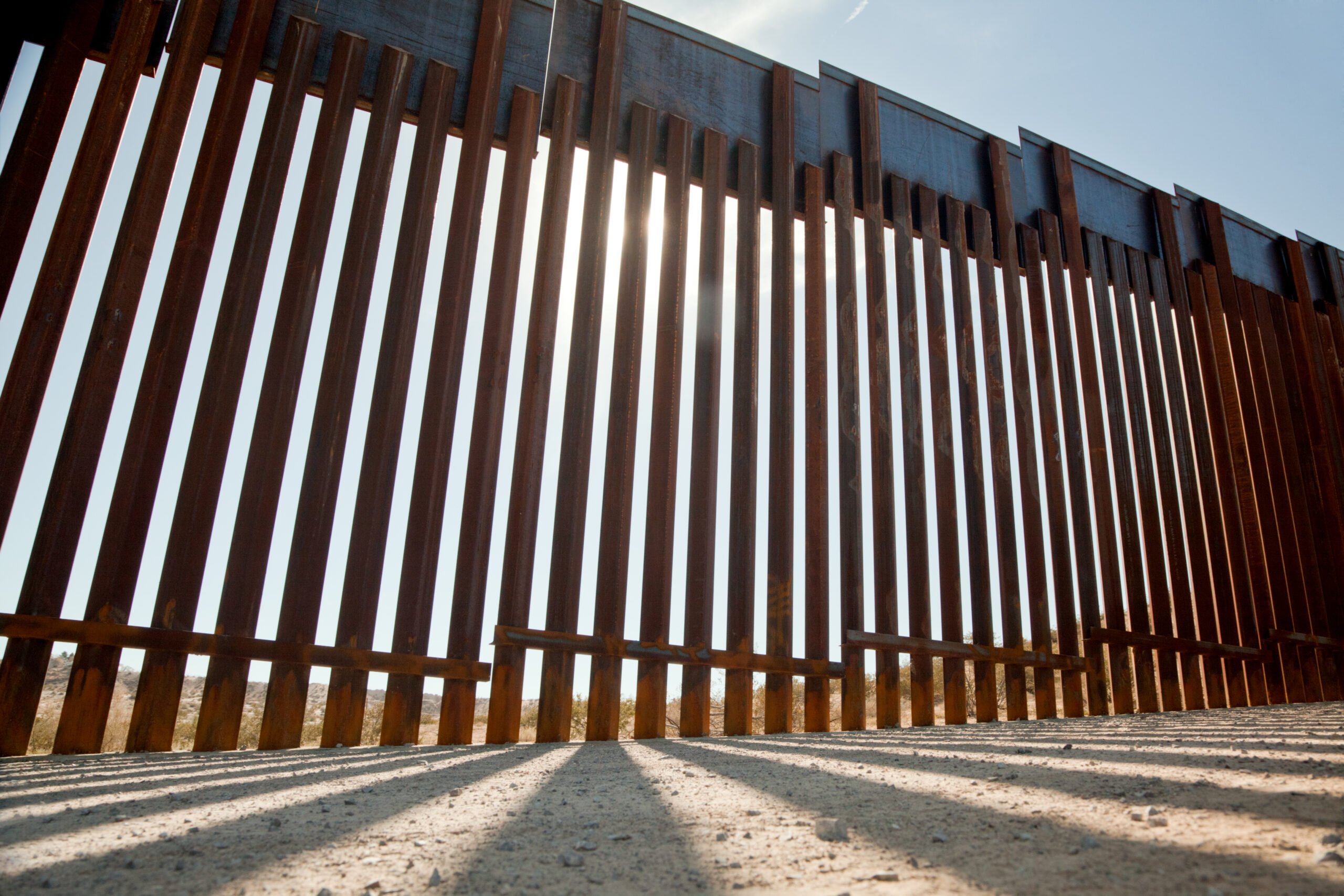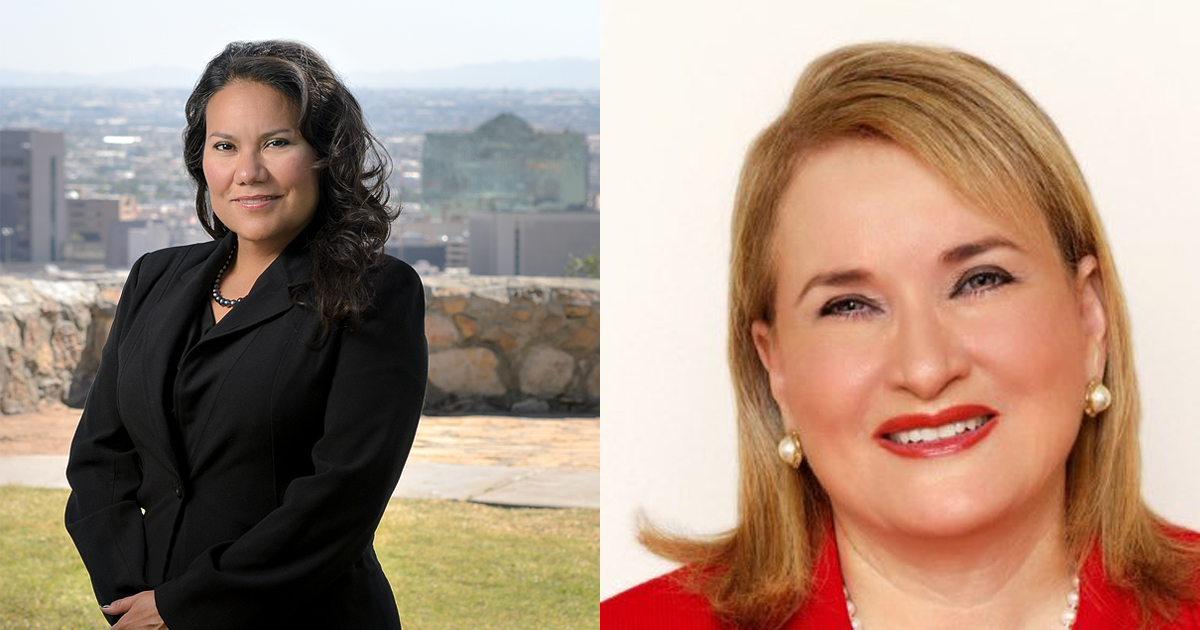
Trump’s Border Wall May Spark Another Epic Land Dispute

President-elect Donald Trump already has broad legal authority to build a wall on the U.S.-Mexico border, said attorney Dinah Bear, an environmental consultant and former White House counsel who has worked on legal issues surrounding the fence for several years.
“He can do what he wants,” Bear said, citing the 2006 Secure Fence Act. “I don’t see a limitation.”
What many Americans don’t know is that the southwestern border already has at least 650 miles of fencing. Much of it is along the Texas-Mexico border, which is almost entirely privately owned land, with the exception of a few federal wildlife refuges.
The Secure Fence Act mandated that the U.S. Department of Homeland Security build 700 miles of fence along the border. It touched off an epic battle with South Texas property owners who were served condemnation notices by the federal government to build the fence.
Border residents were surprised to learn that the fence — because of both the floodplain and the U.S.-Mexico water treaty — would be built up to a mile inland from the Rio Grande. This meant the fence was built directly through farms and backyards. In one case, plans even called for construction through the middle of a home, as well as through the University of Texas at Brownsville campus.
To make matters worse, the Department of Homeland Security wouldn’t tell landowners why their land had been chosen for the fence. Many believed — and many still believe — that they were targeted because they had little money to fight the government, while wealthier landowners were bypassed.
After numerous complaints from border residents, Texas Republican Senator Kay Bailey Hutchison successfully amended the Secure Fence Act in 2007 to give the secretary of Homeland Security discretion in the fence’s location. But Hutchison also crafted language that made the 700-mile mandate a floor, not a ceiling. That means Trump can build more than 700 miles if he wants to — without having to pass another bill through Congress, according to Bear.
This fact has Scott Nicol, co-chair of the Sierra Club Borderlands Team, especially concerned. In an unprecedented move, Congress gave the Department of Homeland Security sweeping authority under the Secure Fence Act to waive 37 federal laws, including the Endangered Species Act. Nicol has been fighting for environmental and civil rights issues surrounding the construction of the border wall since the bill was passed a decade ago.
Much of the new fencing could be built between Del Rio and Brownsville, said Nicol. “We’re going to see a lot of eminent domain lawsuits and there’s going to be a lot of landowners affected.”
Some of the locations where Trump might want to build his wall are likely to be fiercely contested, including a section in Rio Grande City, Roma and Los Ebanos, which is in a floodplain, said Nicol. Building the wall in the floodplain could send floodwater into homes and businesses on both sides of the river. There is a precedent for a border fence causing flooding. In 2008 in Nogales, Arizona, the border wall pushed floodwater into the Mexican city on the other side of the fence, destroying residences and businesses.
Nicol has also documented miles of fencing that has fallen over during heavy rainfall from desert monsoons in southern Arizona, then had to be rebuilt repeatedly. This is also why the solid concrete wall, 30 feet or higher, that Trump proposed during his campaign would never work in the many areas on the border that are prone to flooding.
Whatever decision President-elect Trump makes will come with a hefty cost, said Nicol. He has seen government estimates for the cost of the wall in Texas ranging from $7 million to $9 million a mile, which doesn’t include the maintenance. He said it’s telling that the government hasn’t released an official figure on the cost and maintenance of the current fence since 2009.
Nicol said he is already gearing up for a new fight at the border. “I believe he’s going to want to immediately build the wall since it was his biggest applause-getter during the campaign,” he said. “I was just incredibly sad after the election, but now I’m angry and that’s where I’m going to stay. I’ve been meeting with the Sierra Club and we are preparing as much as we can to head this thing off.”


